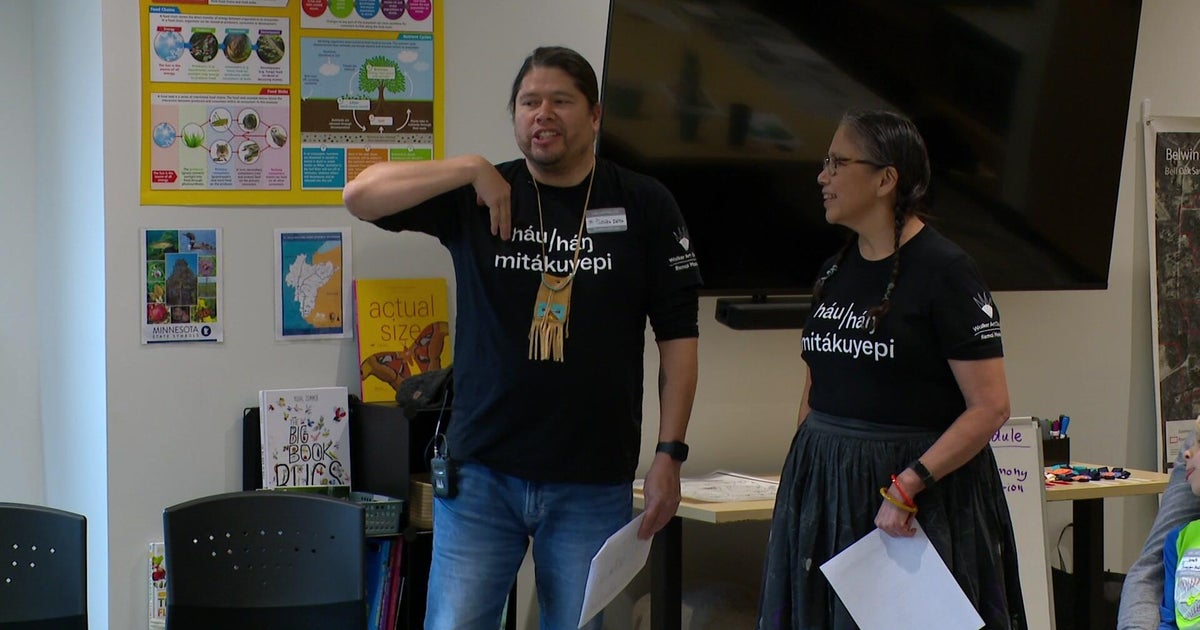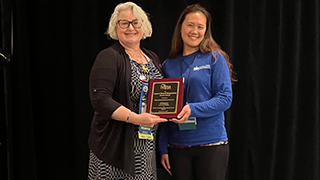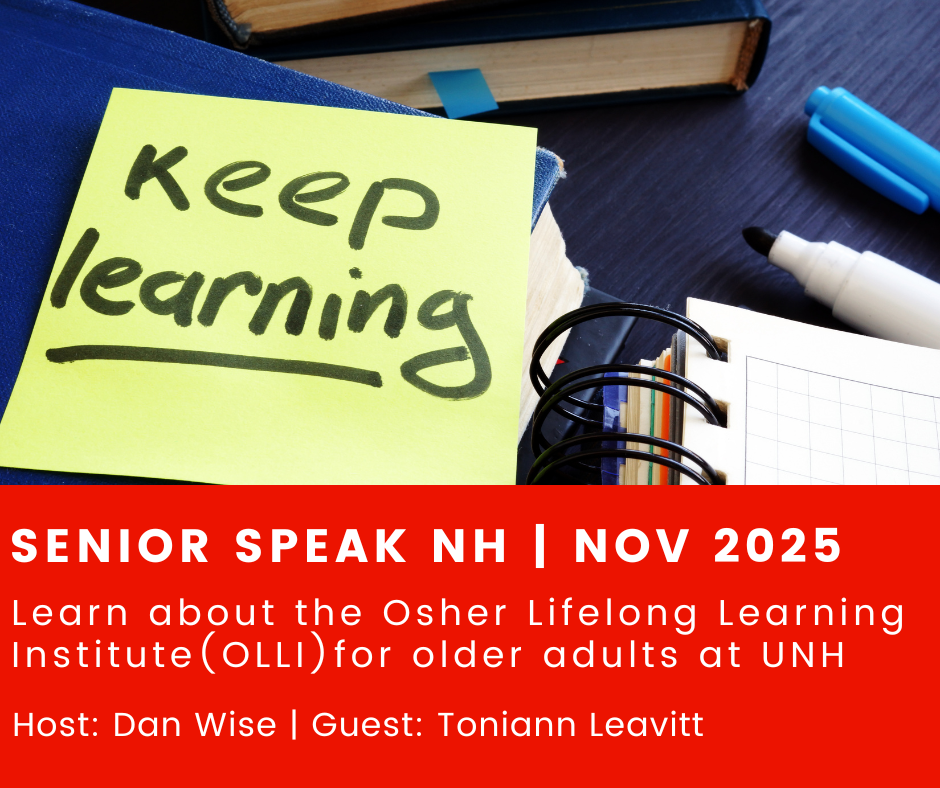Honouring Jan Taouma: A Pioneer of Sāmoan Language and Early Childhood Education – Tagata Pasifika

Report on the Contributions of Janice ‘Jan’ Taouma to Sustainable Development Goals
This report outlines the significant contributions of the late Janice ‘Jan’ Taouma (d. age 77) to key United Nations Sustainable Development Goals (SDGs) through her pioneering work in early childhood education and cultural preservation in New Zealand.
Advancements in Quality Education (SDG 4)
Jan Taouma was a prominent advocate for SDG 4 (Quality Education), with a career spanning 40 years dedicated to improving educational outcomes for Pacific communities. Her work directly supported the achievement of specific SDG 4 targets.
- Target 4.2: Quality Early Childhood Development and Pre-Primary Education: Taouma co-founded the first licensed A’oga Fa’a Samoa (Sāmoan language immersion centre) in Auckland. This initiative provided critical access to culturally relevant early childhood education, ensuring children were prepared for primary schooling within a framework that valued their linguistic heritage.
- Target 4.7: Education for Sustainable Development and Global Citizenship: By establishing and expanding Sāmoan language centres, she championed an educational model that promotes cultural diversity and the appreciation of indigenous languages. This work is fundamental to fostering inclusive and equitable societies.
Promotion of Cultural Inclusion and Reduced Inequalities (SDG 10)
Taouma’s efforts were instrumental in advancing SDG 10 (Reduced Inequalities) by empowering a minority cultural group within the national education system.
- Founding of A’oga Fa’a Samoa: The establishment of the language centre provided a vital space for the Sāmoan community, promoting the social and cultural inclusion of Pasifika peoples in alignment with Target 10.2.
- Expansion into Mainstream Education: She facilitated the expansion of the A’oga into Richmond Road School, integrating indigenous language education into a mainstream institution and reducing educational disparities.
Fostering Decent Work and Economic Growth (SDG 8)
A key component of Taouma’s legacy was the creation of professional opportunities, contributing to SDG 8 (Decent Work and Economic Growth).
- Development of Teacher Qualifications: Taouma was instrumental in assisting the development of a formal qualification pathway for Sāmoan language teachers. This initiative professionalized the field, creating decent work and sustainable employment for educators within their community, thereby supporting Target 8.5 (full and productive employment and decent work for all).
Legacy and National Recognition
The impact of Jan Taouma’s work has been formally recognized and continues to influence educational policy. Her legacy is a testament to the power of community-led initiatives in achieving global development goals.
- Queen’s Service Medal: In 2014, she was awarded the Queen’s Service Medal for her services to early childhood education.
- Institutional Longevity: In 2024, she participated in the 45th-anniversary celebration of the A’oga Fa’a Samoa, a testament to the sustainability and enduring impact of her work.
1. Which SDGs are addressed or connected to the issues highlighted in the article?
SDG 4: Quality Education
- The article’s central theme is the life and work of Jan Taouma, a “pioneer of Sāmoan language and early childhood education.” Her 40-year career was dedicated to establishing and improving educational opportunities, specifically for the Pacific community, which directly aligns with the goal of ensuring inclusive and equitable quality education.
SDG 10: Reduced Inequalities
- By creating educational pathways specifically for the Sāmoan community, such as the “A’oga Fa’a Samoa Language centre,” Jan Taouma’s work addressed the specific cultural and linguistic needs of a minority group within New Zealand. This promotes social inclusion and helps reduce educational inequalities faced by Pacific peoples.
SDG 11: Sustainable Cities and Communities
- The preservation of the Sāmoan language is a key aspect of the article. Language is a vital component of intangible cultural heritage. Efforts to maintain and promote it, as championed by Jan Taouma, contribute to safeguarding cultural heritage for future generations, which is a component of creating sustainable and culturally rich communities.
2. What specific targets under those SDGs can be identified based on the article’s content?
SDG 4: Quality Education
- Target 4.2: “By 2030, ensure that all girls and boys have access to quality early childhood development, care and pre-primary education…”
- The article highlights Jan Taouma’s role as a “champion of Pacific Early Childhood Education for 40 years” and her co-founding of the “first licensed A’oga Fa’a Samoa Language centre.” This directly relates to providing access to quality early childhood education.
- Target 4.7: “By 2030, ensure that all learners acquire the knowledge and skills needed to promote sustainable development, including… appreciation of cultural diversity and of culture’s contribution to sustainable development.”
- The focus on a Sāmoan language centre (“A’oga Fa’a Samoa”) is a direct effort to promote and appreciate cultural diversity within the education system.
- Target 4.c: “By 2030, substantially increase the supply of qualified teachers…”
- The article explicitly states that Jan Taouma assisted “in the development of a qualification pathway for language teachers,” which is a direct action aimed at increasing the supply of qualified educators in a specialized field.
SDG 10: Reduced Inequalities
- Target 10.2: “By 2030, empower and promote the social, economic and political inclusion of all, irrespective of… race, ethnicity, origin…”
- Establishing language-specific education centres for the Sāmoan community is a powerful tool for social and cultural inclusion, ensuring that their heritage and identity are valued and maintained within the broader society.
SDG 11: Sustainable Cities and Communities
- Target 11.4: “Strengthen efforts to protect and safeguard the world’s cultural and natural heritage.”
- The Sāmoan language is an intangible cultural heritage. The article describes Jan Taouma as a “powerful advocate for the Sāmoan language.” Her work in founding and expanding the A’oga Fa’a Samoa represents a tangible effort to protect and safeguard this heritage.
3. Are there any indicators mentioned or implied in the article that can be used to measure progress towards the identified targets?
SDG 4: Quality Education
- Implied Indicator for Target 4.2: The establishment and operation of the “first licensed A’oga Fa’a Samoa Language centre” and its expansion into Richmond Road School serve as a measure of participation in organized pre-primary learning. The celebration of its “45th anniversary” indicates sustained access over a long period.
- Implied Indicator for Target 4.c: The creation of a “qualification pathway for language teachers” is a direct indicator of progress. This pathway provides a formal mechanism to train and certify teachers, thereby measuring the proportion of teachers with minimum qualifications.
SDG 11: Sustainable Cities and Communities
- Implied Indicator for Target 11.4: The existence and longevity of the “A’oga Fa’a Samoa” for 45 years implies sustained investment and effort (both public and private) in the preservation of intangible cultural heritage (the Sāmoan language).
4. Table of SDGs, Targets, and Indicators
| SDGs | Targets | Indicators (Mentioned or Implied in the Article) |
|---|---|---|
| SDG 4: Quality Education |
4.2: Ensure access to quality early childhood development, care and pre-primary education.
4.c: Substantially increase the supply of qualified teachers. |
The establishment and 45-year operation of the “first licensed A’oga Fa’a Samoa Language centre.”
The development of a “qualification pathway for language teachers.” |
| SDG 10: Reduced Inequalities | 10.2: Empower and promote the social, economic and political inclusion of all, irrespective of race or ethnicity. | The creation of educational institutions like the A’oga Fa’a Samoa that cater specifically to the cultural and linguistic needs of the Pacific community. |
| SDG 11: Sustainable Cities and Communities | 11.4: Strengthen efforts to protect and safeguard the world’s cultural and natural heritage. | The sustained advocacy for the Sāmoan language and the long-term operation (45 years) of the A’oga Fa’a Samoa as an institution for preserving intangible cultural heritage. |
Source: tpplus.co.nz

What is Your Reaction?
 Like
0
Like
0
 Dislike
0
Dislike
0
 Love
0
Love
0
 Funny
0
Funny
0
 Angry
0
Angry
0
 Sad
0
Sad
0
 Wow
0
Wow
0
























;Resize=805#)























































